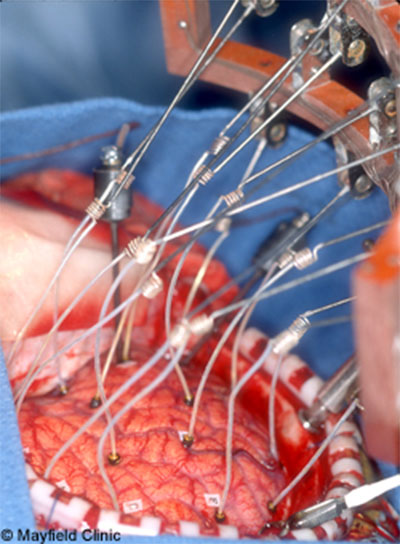Advanced Epilepsy surgery is an effective way to treat the patients suffering from regular seizures or fixtures and it will benefit especially those patients for whom the medicines are no more bringing a change. This type of surgery is most suited for patients who suffer from structural brain abnormalities, such as benign brain tumors, malformations of blood vessels. To be more precise, ailments like strokes and arteriovenous malformations, venous angiomas, and cavernous angiomas. The surgery mainly consists of elimination of the epileptogenic tissue from the area where seizures arise or interruption of nerve pathways along which seizure impulses spread.
Preceding surgery, a forthcoming patient experiences an intensive assessment comprising of complete physical and neurological examination and a gathering of studies survey if a patient will eventually profit by epilepsy surgery. Before the surgery, the doctors make sure to study the medical history of the patient to check if he or she suffered regular seizures beforehand or anyone from their family as ever and a history showing similar pattern.

The accompanying 4 methodology may be considered for the surgical treatment of epilepsy: Anteromedial temporal resection (AMTR)– This is the most generally performed method, with the clearest evidences and best results.
Corpus callosotomy – The point of this methodology is to upset 1 or more significant focal sensory system (CNS) pathways utilized as a part of seizure speculation, accordingly diminishing the recurrence and seriousness of essential or auxiliary summed up seizures .

Multiple subpial transection (MST) – The point of this nonresective system is to nullify epileptiform releases and correlative seizures from epileptogenic cortex by upsetting intracortical synchronization and in this manner (hypothetically) diminishing or dispensing with the epileptogenic capability of the seizure center
Functional hemispherectomy – In this technique, the cortex is disengaged from every subcortical structure, and the interhemispheric commissures are partitioned, yet the cerebrum stays.